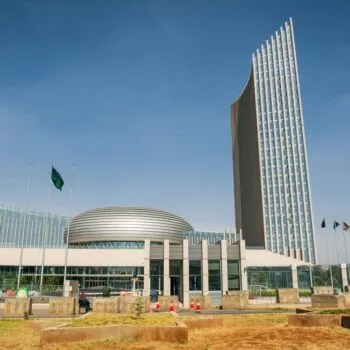An unprecedented level of innovation is needed to shift our economies onto a low carbon path and avoid dangerous levels of climate change. New and existing technologies will need to be developed and deployed globally and simultaneously, in order to avoid high carbon lock-in.
The unique public good nature of climate security and low carbon innovation requires a more active public sector role in responding to three key challenges: robust management of systemic climate risks; increasing the scale and speed of innovation; creating integrated global markets.
Around the world governments are already taking action to meet these challenges through a mixture of direct investment, and supportive policy and institutional frameworks. The paper shows that low carbon technologies are becoming of strategic importance for major economies. Both developed and major emerging economies are increasingly investing in low carbon technologies in order to secure their competitiveness and prosperity in future global markets.
So far, the EU’s political leadership on climate action has positioned its businesses at the forefront of low carbon technology growth, but the landscape of innovation leadership is changing with new emerging players, and globalisation of investment and research.
The authors argue that EU should step up its actions to respond to these challenges and capture emerging opportunities. This will require balancing a narrow focus on national competitive advantage and international cooperation in order to scale up development and diffusion of low carbon technologies globally and avoid protectionism which could provoke retaliatory actions in other sectors. Below are three strategic proposals to guide such response:
- Developing a system-wide risk management approach would help responding to the challenges of a complex world. This could include, for example, developing a portfolio of technologies and policies to manage potential technology and policy failures, and systematic research of climate tipping points.
- Coordinated action for innovation at EU level would deliver faster technology innovation at scale, and provide more certainty for low carbon investors. This could include an ambitious short-medium term target, i.e. 30% in 2020 to catalyse policy decisions aligned with the scale of the challenge, and supporting early-stage RD&D through SET-Plan.
- Developing new modes of international cooperation would support the creation of integrated global markets, and balance cooperation to build international markets with domestic action to ensure it remains competitive. This could include joint RD&D, and support for operationalisation of a Technology Mechanism under UNFCCC.
This paper was produced under the Climate Strategies project “Is there a case for the EU moving beyond 20% GHG emissions reduction target by 2020?”.


